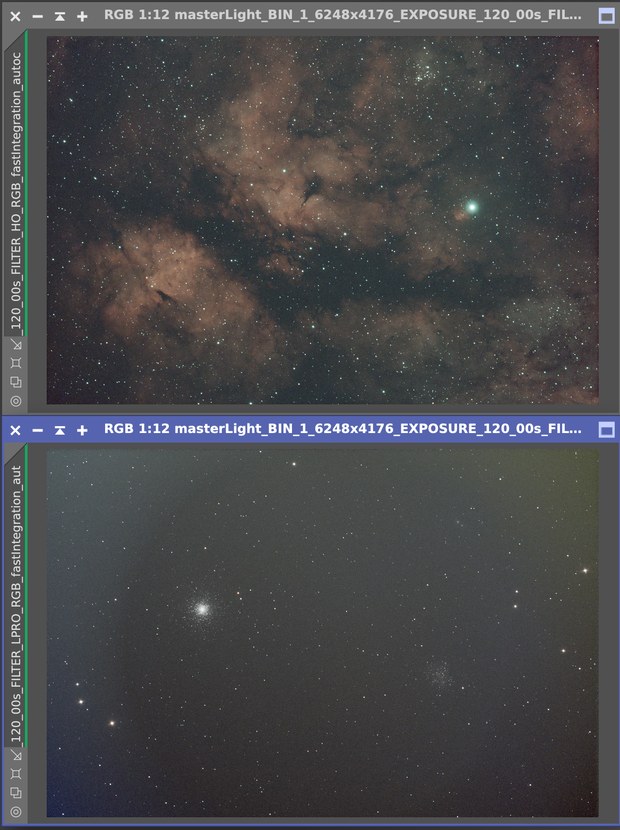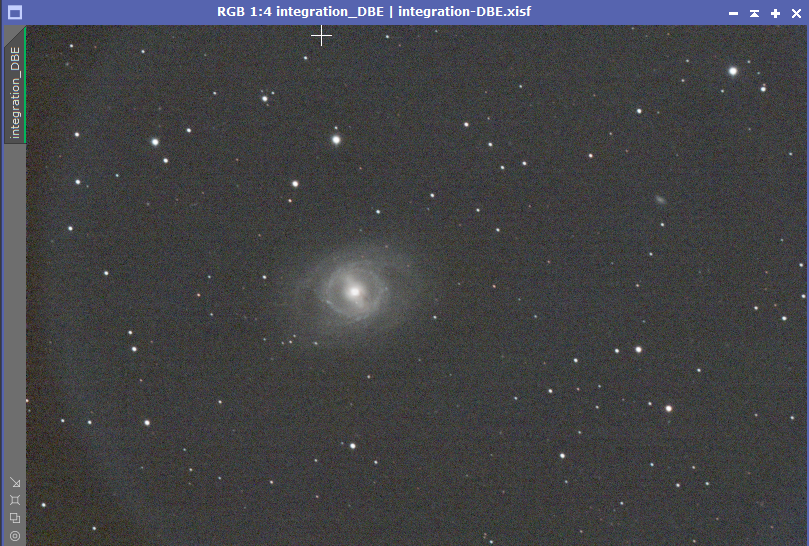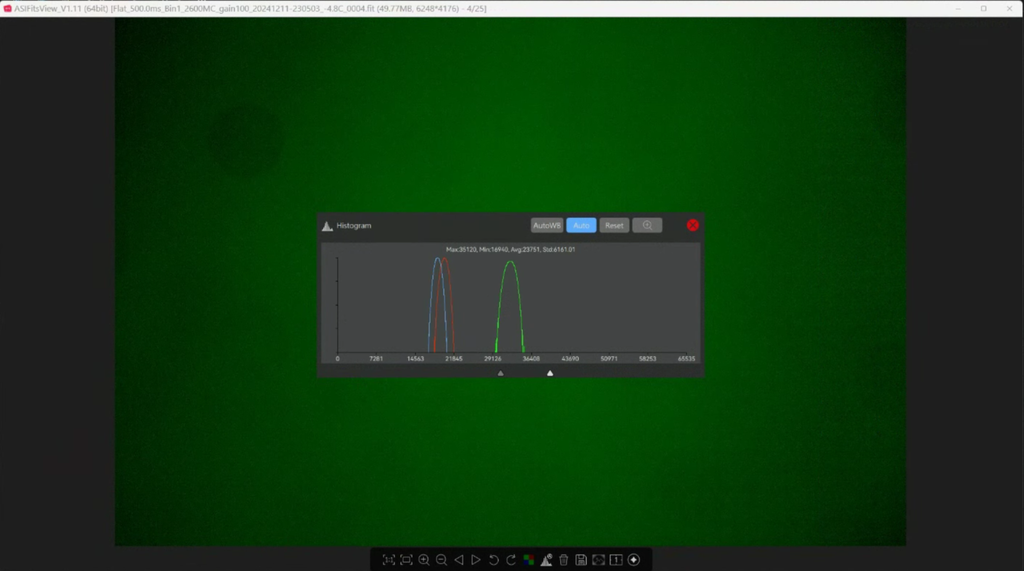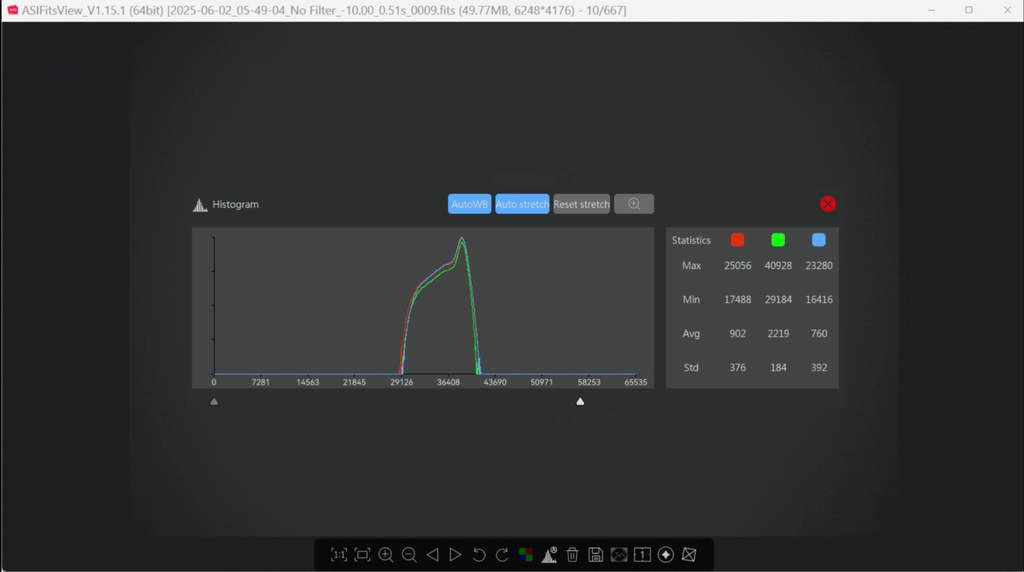I have been imaging for over a year, and this just started happening. It has coincided with two other events:
1. New reducer. I bought a 0.65x reducer. It does have a lot more light fall off than my earlier reducers. I'd have thought this could be a problem, but I am ONLY having an issue with broadband. The light fall off and/or vignetting is totally compensated in narrowband.
2. Streetlight: There is a new streetlight pointing towards my scope. It has ruined the entire southern sky, but this artifact is visible no matter what portion of the sky I am aiming at. I've plugged up all the little light gaps I can find in my setup to address leaks
Hardware:
ES127ED --> EFW 2" --> OAG-L --> Starizona Apex 0.65x --> Pegasus rotator
Flats: I have an automated flat panel, use "Dynamic Brightness in NINA". I take new flats immediately after centering/rotating for every target, every night. N=50 flats, with 50% histogram target (I've experimented with a range of 20% to 80%, doesn't seem to matter).







